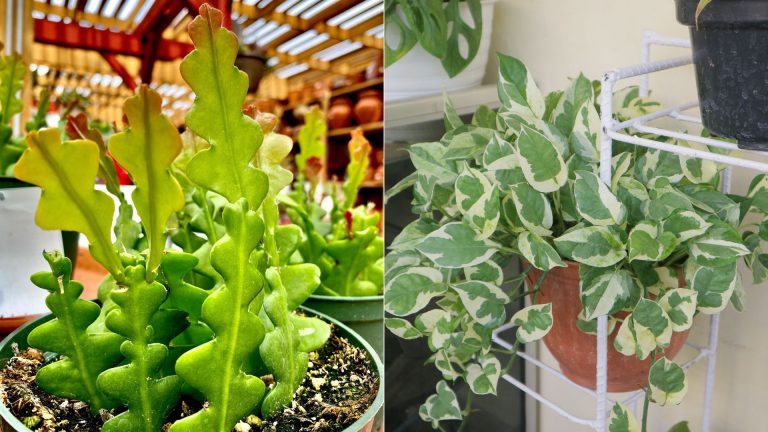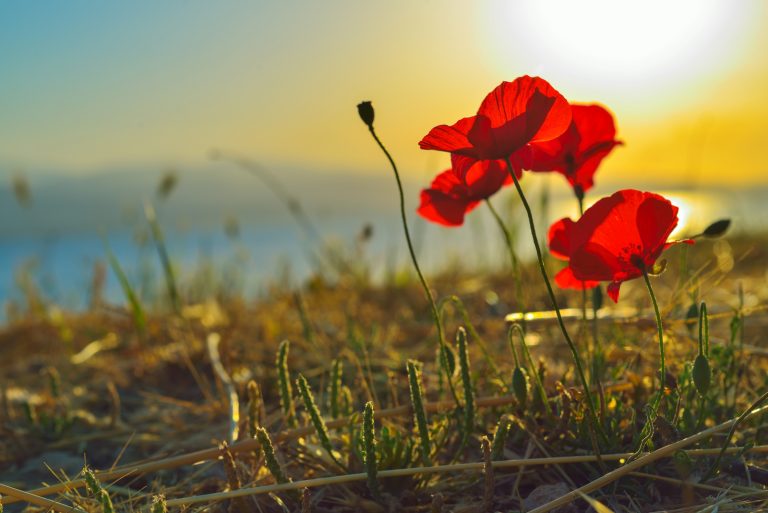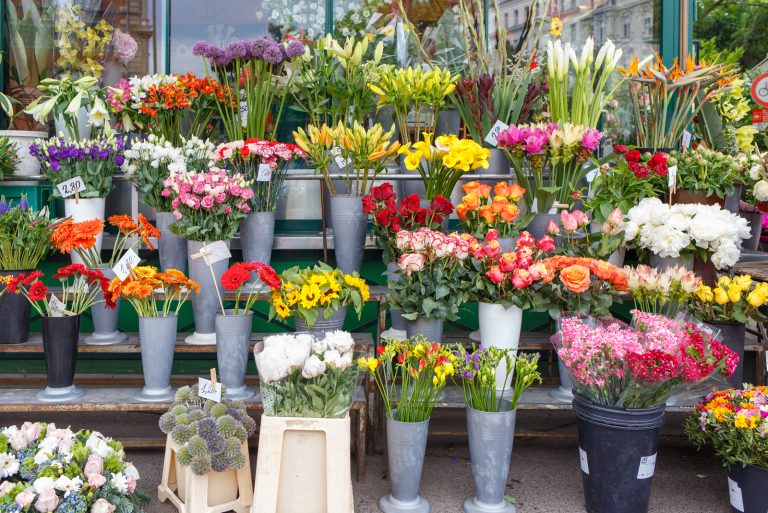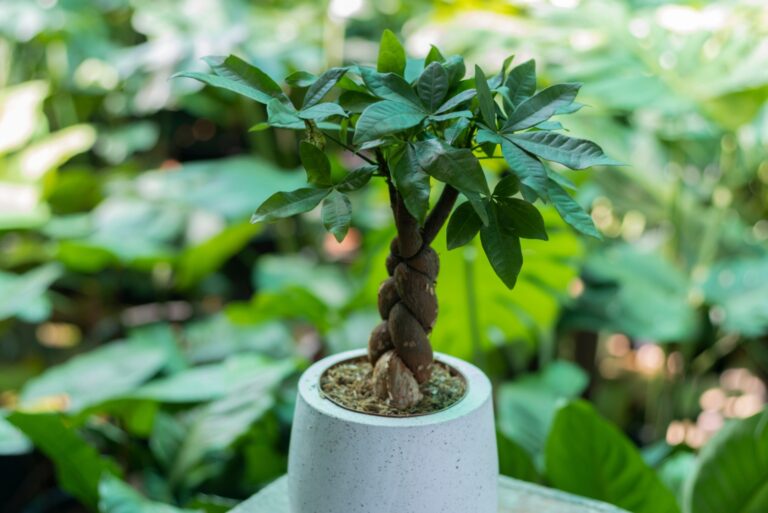5 Perennial Cutting Flowers That Practically Grow Themselves (You’ll Never Have To Buy Bouquets Again)
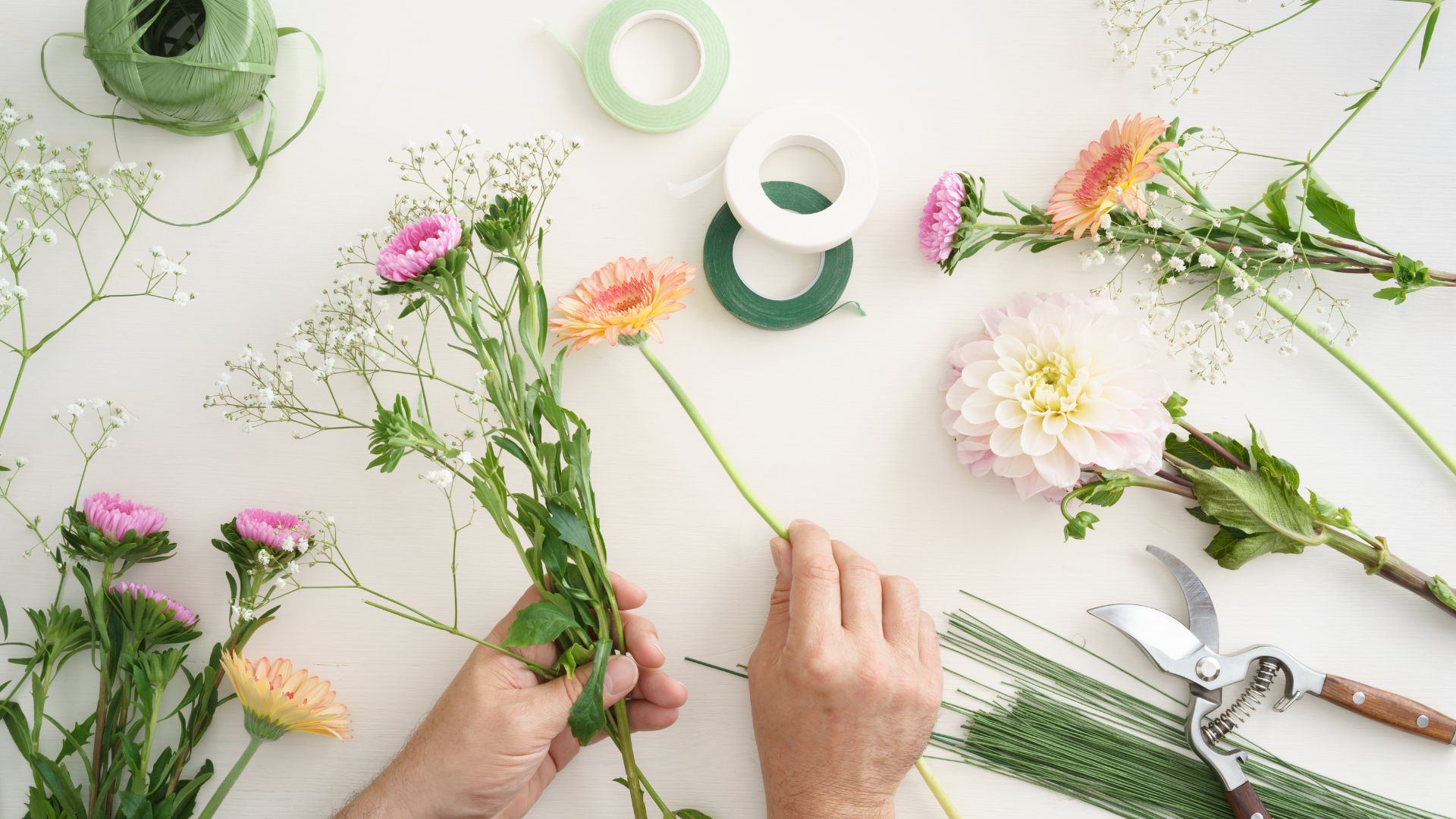
Growing up, my grandma always had fresh flowers in the house. Instead of buying new bouquets, she’d grab clippers and head to our garden to pick perennials like coral bells, astilbe, and lilacs.
Now, I’m all about those same perennials. They’re perfect for cutting and filling vases year after year without the need to replant annuals. With just a tiny bit of care, I get to enjoy beautiful blooms from my garden all season long.
If you also want to enjoy a steady supply of gorgeous blooms for your home, here are some perennial cutting flowers you can grow:
1. Echinops’ Pom-Pom Blooms Are Just Adorable
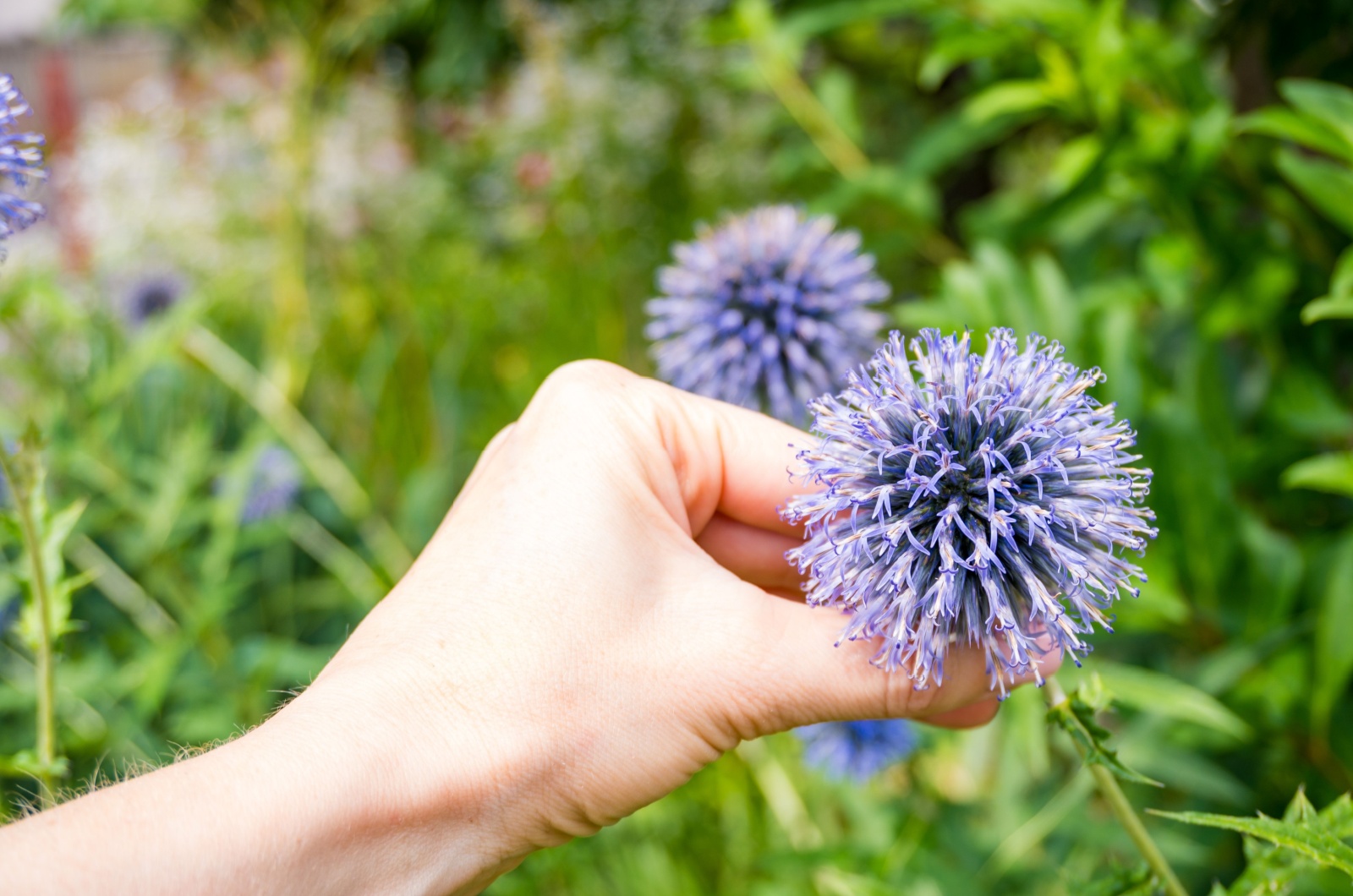
First on the list is my personal favorite – Echinops aka Globe thistle!
I don’t know, I just love how their round, spiky blooms look like little blue and purple pom-poms in the garden. They’re perfect for cutting flowers because they keep their color even after drying.
To get the best blooms, cut them when about half the buds have opened. Just be careful with those spiky leaves (use gloves to avoid getting pricked).
Once globe thistle is established, it’s pretty tough and can easily handle drought and heat. Just make sure it’s in well-drained soil to stay happy.
And, don’t forget to divide them every five years to prevent them from spreading too much.
Globe thistle flower is usually planted in November. If you want to have even more flowers during this period, check this out: 7 Beautiful Plants You Can Sow In November
2. Salvia Is Tough And Versatile
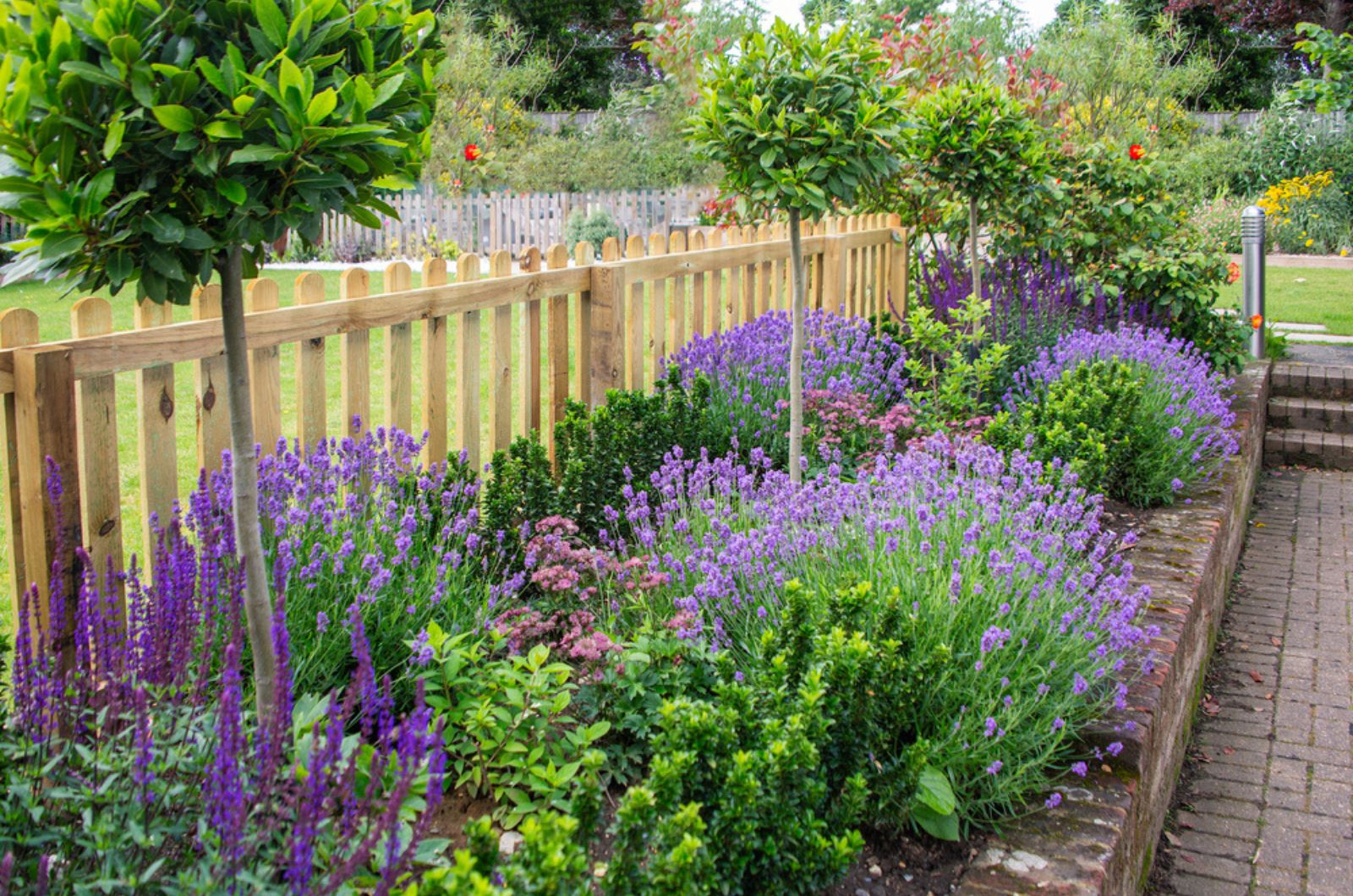
Salvia is super versatile, with so many species and varieties to choose from!
You can opt for tall, trumpet-shaped blooms, pineapple sage, or the shorter, delicate flowers of mealy blue sage (there truly is something for everyone).
I personally love how salvia attracts pollinators and holds up as a cut flower. Many types are drought-tolerant, though some prefer just a bit of moisture (be aware of the type you grow).
For the best cut flowers, snip them when about three-quarters of the buds are open. If you wait until every bloom is fully open, you might end up with some falling off right after you cut.
Related: Problems With Salvias And How To Solve Them
3. Everybody Loves Lavender Flowers
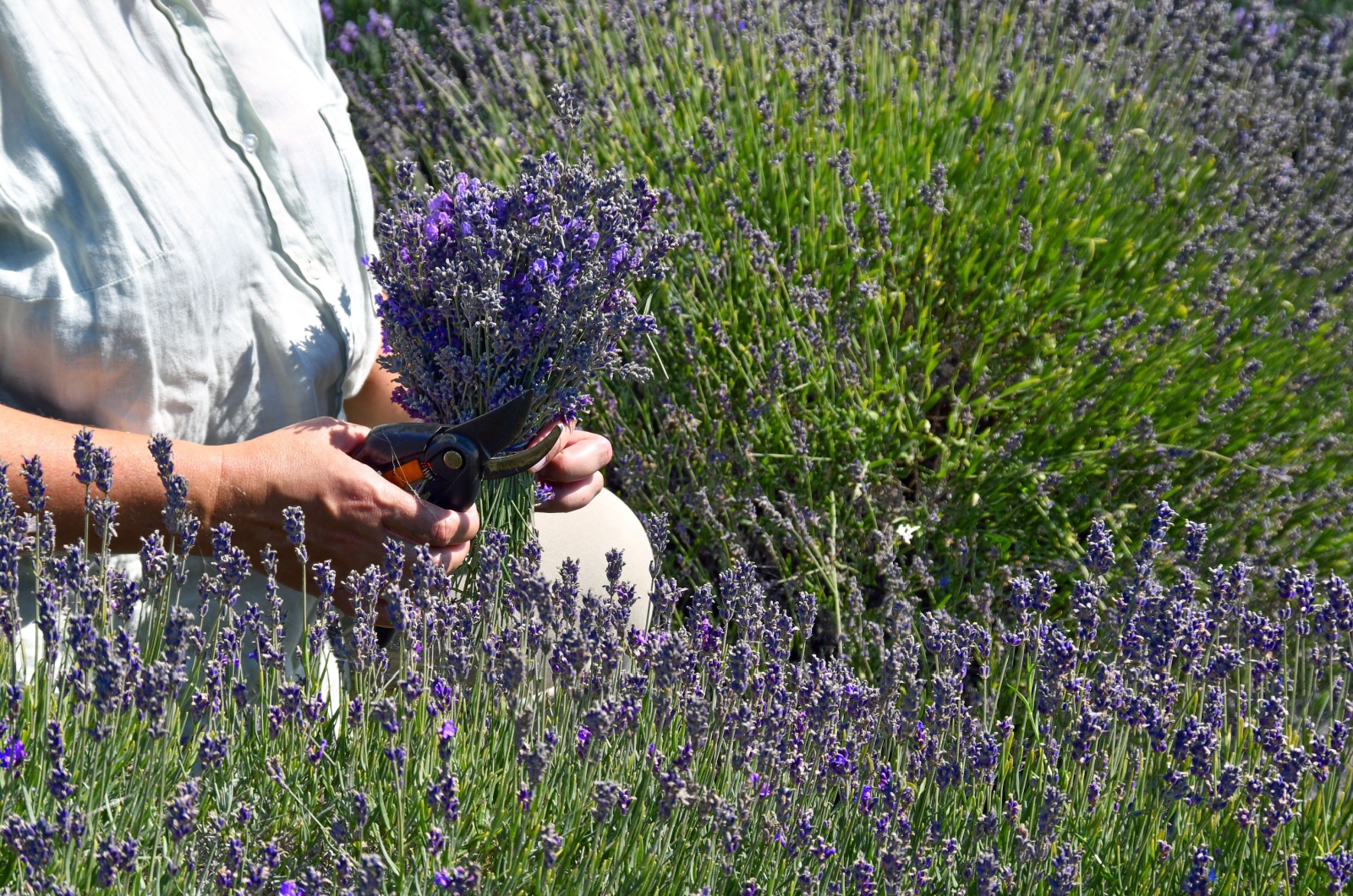
Lavender is a garden favorite for a couple of reasons – its soothing scent is perfect for everything from hand creams and perfumes to teas and chocolates; but it also shines as both a fresh and dried cut flower.
With so many lavender types out there (French, English, Spanish, and Portuguese lavender), you’re bound to find one that fits your garden’s style.
They mostly produce purple spikes, but you can also find varieties with white or pink blooms.
Lavender’s blooming period varies, with some types flowering for weeks and others for months. For the best cut flowers, harvest when about half of the buds are open.
If you end up with more than you need, simply hang the stems to dry and enjoy them later!
Related: French Lavender vs English Lavender: 5 Key Differences
4. Bee Balm Adds A Bold Touch To Floral Arrangements
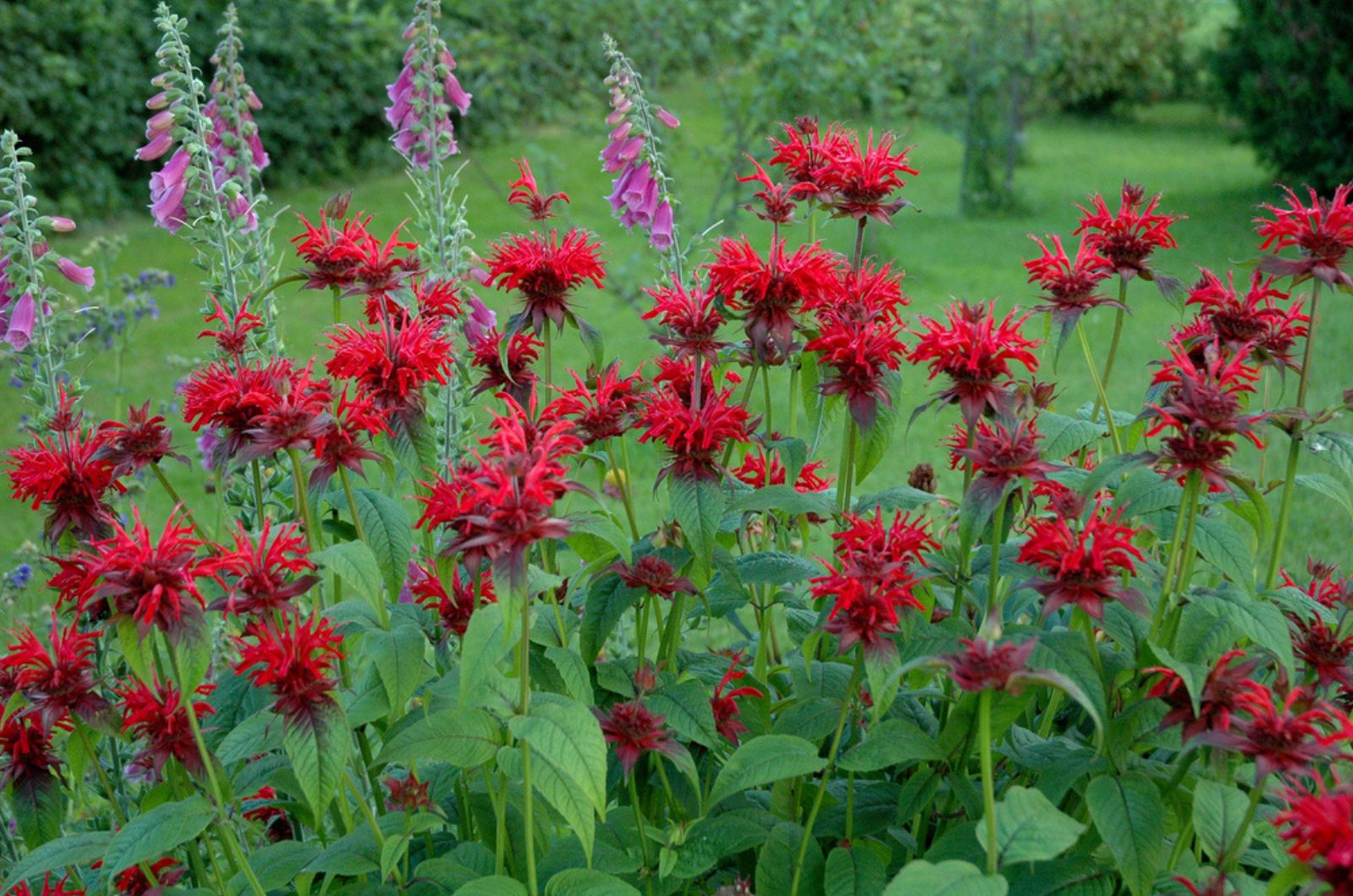
Want to have more pollinators in your garden? Grow bee balm.
Want to have an amazing cut flower ideal for floral arrangements and bouquets? Grow bee balm!
These plants have branching stems, so you can harvest multiple flowers from a single plant. After cutting the tops, the remaining shoots will keep growing and blooming.
Just remember to divide them every three to four years as they spread.
One season of powdery mildew completely ruined my bee balm, which is why I switched to drip irrigation instead of overhead watering (I suggest you do the same).
Also, give your plants plenty of space to ensure good airflow and reduce the risk of fungus.
Related: 5 Reasons Why Bee Balm Should Be Grown In Every Backyard
5. Bring Elegance Indoors And Out With Beautiful Veronica Blooms
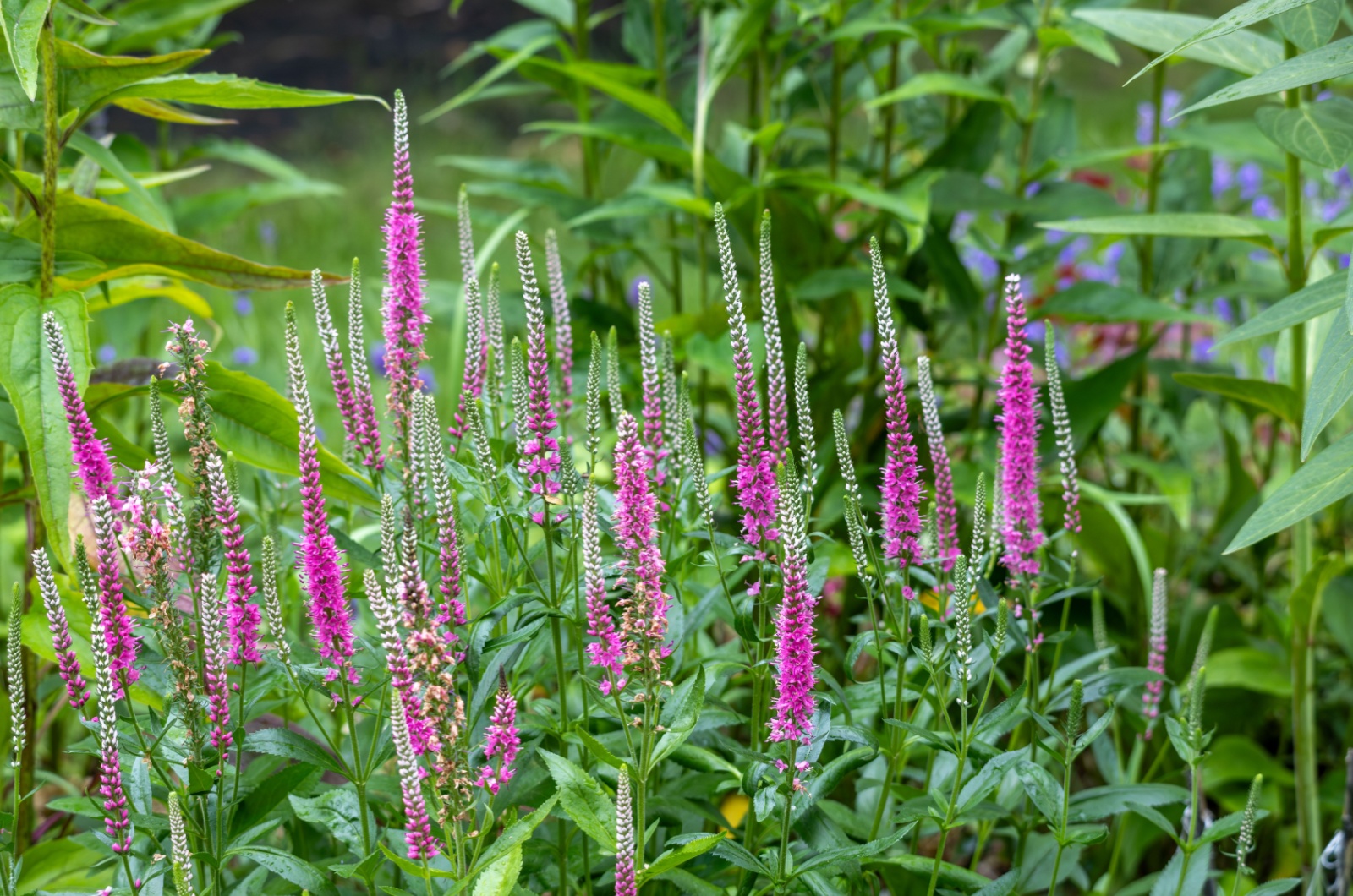
If you want to make your garden (and your home) more elegant, definitely opt for Veronica aka spiked speedwell.
Its slender spikes are adorned with tiny blossoms in colors like pink, deep purple, and white, and they bloom from late spring through fall. These flowers are a hit with pollinators, often attracting bees and butterflies.
You can cut the stalks in spring, and your Veronica will produce a fresh batch of blooms a few months later. If you don’t use all the flowers in your arrangements, deadhead the spent blooms to encourage even more flowers.
This hardy perennial thrives in well-draining soil rich in organic matter. Just keep the ground moist but not soggy, and your Veronica will adorn your indoors and outdoors all season long.
I love mixing all these perennials into my flower arrangements. Each adds something special, from the spiky globe thistles to the calming scent of lavender. They brighten up my home and make everything feel fresh.
If you want long-lasting flowers that keep coming back, these perennials are just perfect!
Also read: These Are The 9 Best Sun-Loving Perennials For A Breathtaking Cutting Garden

